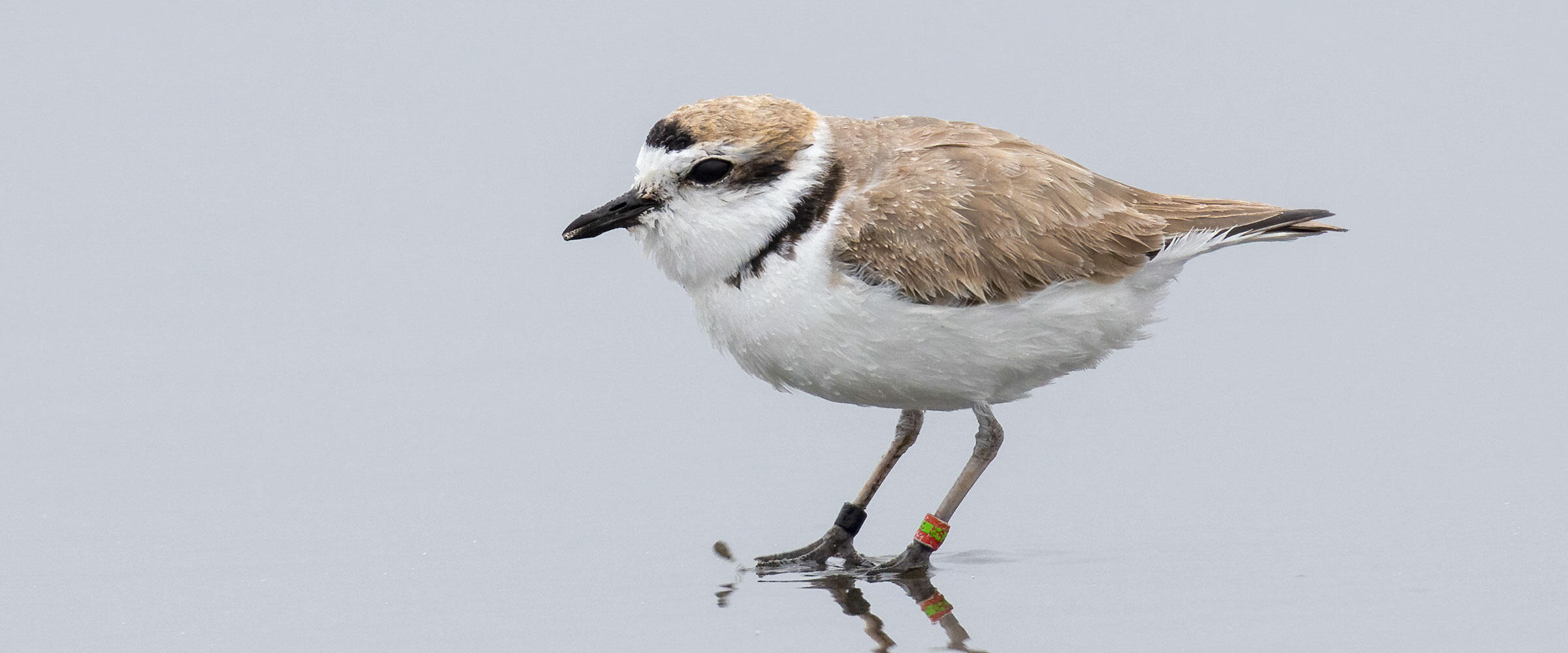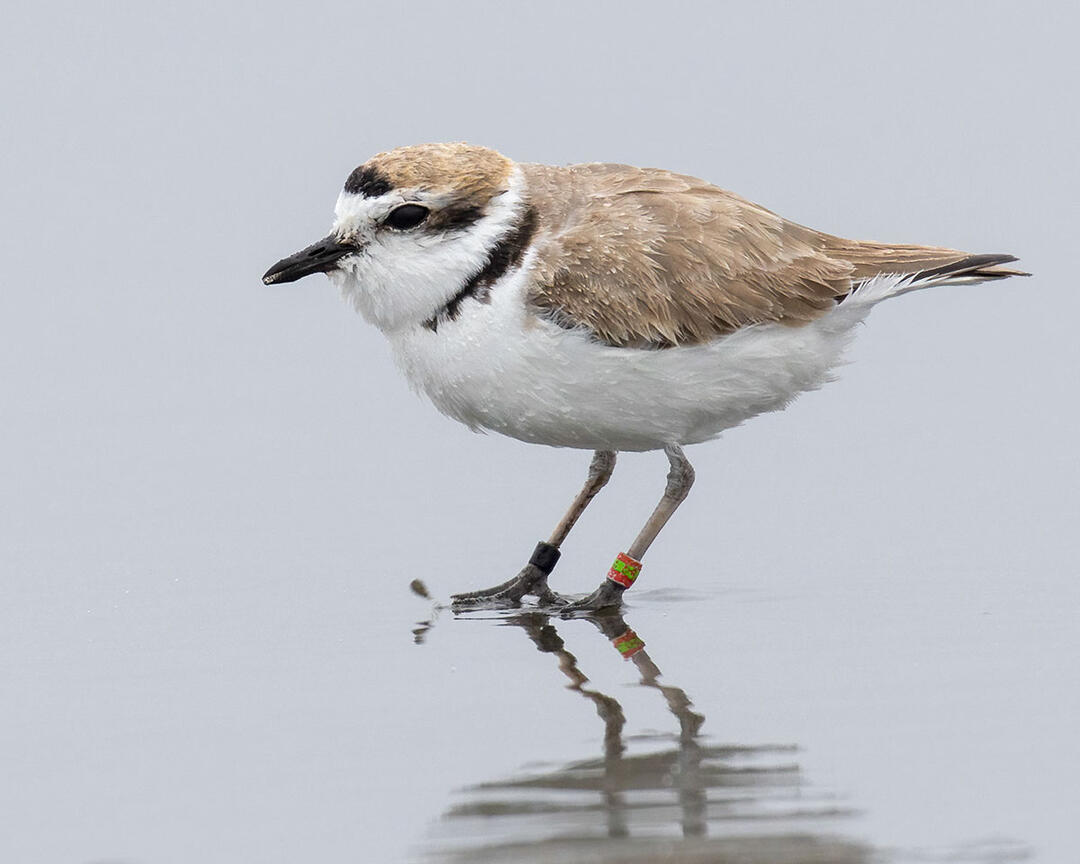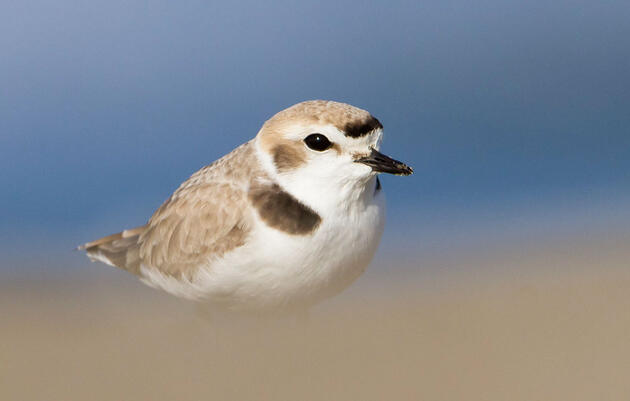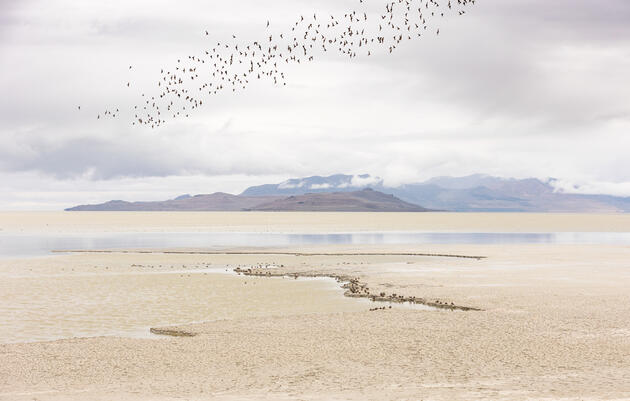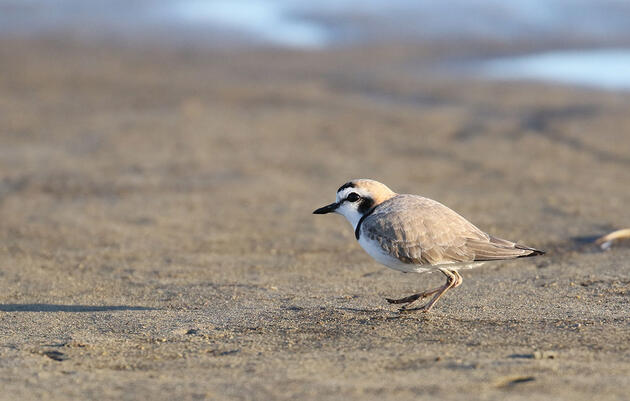In the year 2001, if you were a Snowy Plover, a tiger beetle, a pickleweed plant, or any other “natural” living thing trying to eke out an existence on the south shore of Great Salt Lake in a place today called Lee Creek Natural Area (LCNA), survival would be tenuous if at all.
Lee Creek Natural Area, managed by the National Audubon Society, is part of the Gilbert Bay Globally Important Bird Area. Shoreline areas such as Lee Creek Natural Area, where freshwater spreads and braids naturally across mudflats as it enters Great Salt Lake, have provided a unique saline ecosystem where many species have successfully thrived together for millennia.
In recent decades, this lovely mudflat shoreline with Lee Creek slowly meandering through, where the nearby salty Great Salt Lake waters freely ebbed and flowed through the ages, was morphed by incompatible human activities into a severely degraded site that was anything but “natural."
It was a major massive ATV recreational area, a desirable free place to dump trash, a place where crime was rampant, including illegal drug trafficking with regular airplane drops, a well-known rendezvous site called “bare bum beach”, with many other unauthorized, illegal, and destructive activities occurring. Police who regularly parked slightly to the east and south told an Audubon staffer that they had been instructed not to patrol, just wait for reports of dead human bodies, then go investigate.
Lee Creek Natural Area was not a pleasant place.
National Audubon Society, Kennecott Utah Copper, The Nature Conservancy, and The Mitigation Commission joined forces to make a real difference both for local wildlife of global importance and the community’s appreciation of the natural world.
Lee Creek Natural Area, located two miles northeast of Saltair along about one mile of the I-80 frontage road, is the culmination of three separate land transactions. In 1996, the Mitigation Commission with assistance from The Nature Conservancy purchased 167 acres straddling Lee Creek. The hope was that this transaction could help control illegal ATV access to the lakebed and many miles of adjacent wetland areas such as Inland Sea Shorebird Reserve, Gillmor Sanctuary, numerous duck clubs, and all the way to Farmington Bay Waterfowl Management Area. In 2001, an additional 117 acres were added south of the original purchase, aided by the financial assistance of Kennecott. In 2005, an additional 21 acres that parallel the I-80 frontage road was donated to Audubon, bringing the total acreage of Lee Creek Natural Area to 305 acres.
Since Audubon began managing Lee Creek Natural Area, it has seen a thorough makeover that restored its true identity as a natural place where wild things can thrive.
It started with a large-scale clean-up day with help from Kennecott and nearly a hundred volunteers, who removed more than four tons of trash and debris, including many used syringes and a copious number of tires.
The integrity of the site was secured in 2002 through the placement of about 6,500 feet of fencing to prevent uncontrolled access. The fence was moved 100 feet in 2005 to the I-80 frontage road to enclose the additional 21 donated acres. A contract with a patrolling company for six months provided regular daily trespass monitoring. Utah Departments of Forestry Fire and State Lands and State Parks and Recreation staff helped and continue to help with ongoing site security monitoring. Two small parking areas with pedestrian walk-through gates allow public access for wildlife-compatible activities such as bird watching, photography, and quiet appreciation of the views and beauty of Great Salt Lake. Five interpretive signs explaining the uniqueness of the area were designed and installed.
Signage along the fence line is a critical aid in identifying compatible public uses and destructive ones that are not permitted. Well-maintained signage helps maintain the transformation of this important habitat from Lee Creek Unnatural Area to Lee Creek Natural Area.
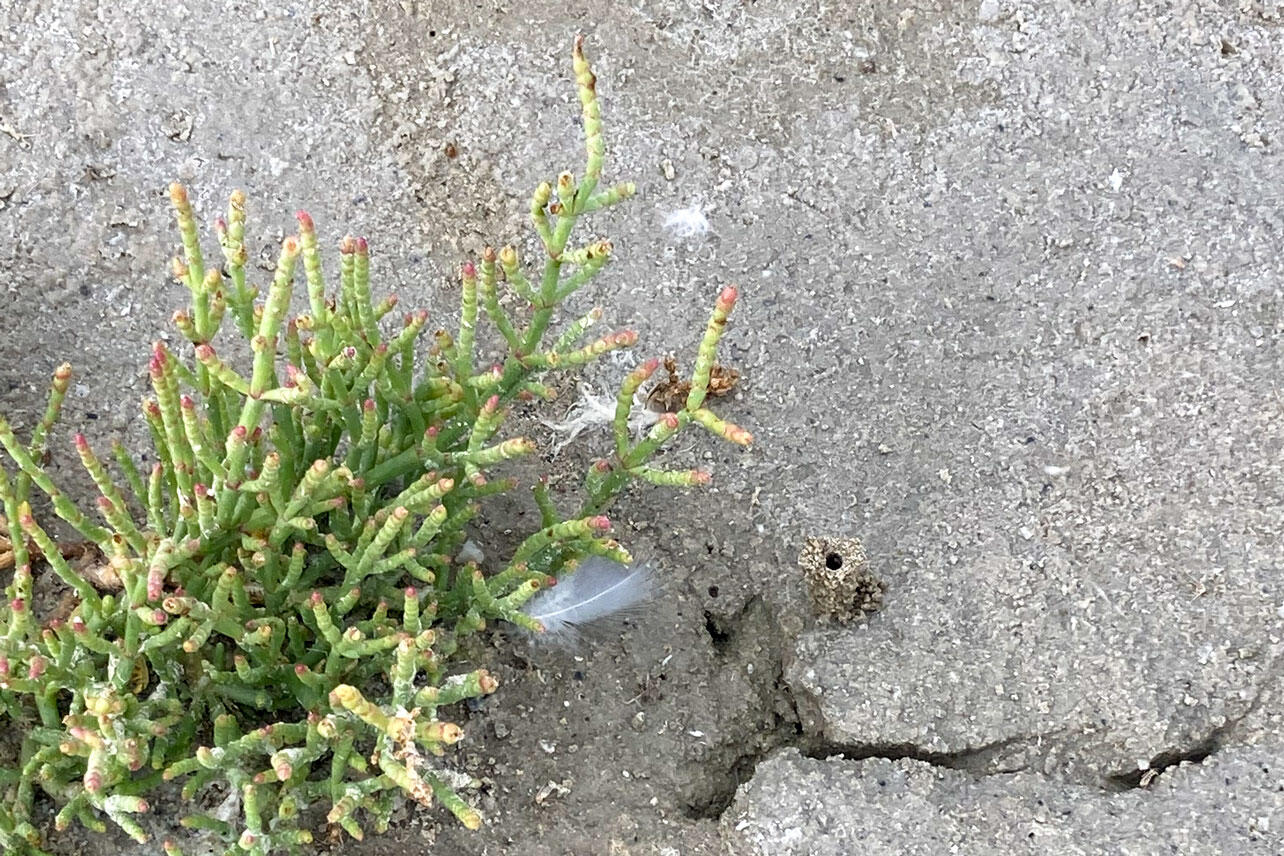
Signs at Lee Creek Natural Area have known many foes. While signs have withstood the local gales that regularly and fiercely blow through the site, they are not immune to a malicious and determined human with tools that can dissever a sign from its place on the fence, often to irreverently hurl it away to land partially hidden, askew and misaligned in the nearby salt grass. More often signs simply disappear, the only evidence left behind is an empty space and a shiny freshly cut wire not yet oxidized.
To some people, signs are a convenient canvas for graffiti spray painting. One of the largest abuses of signs is their use for target practice. A highway patrol officer meeting on site to discuss helping with vandalism noted that apparently target shooters much preferred the signs of the adjacent land owner. While the Lee Creek Natural Area signs displayed many bullet holes, there were far fewer than the adjacent bullet-riddled signs. The gravity of the issue was illuminated for the officer when told that most Lee Creek Natural Area signs were replaced only two weeks previously and the others were several years old.
Non-human foes are more subtle and insidious. The harsh elements, sun, moisture, salt, and wind attack slowly through time diminishing the colors, predictably fading signs with a meaningful message into ghostly white metal rectangles hanging useless on a fence. The original 200+ signs manufactured by inmates at the Utah Correctional Sign Facility were thought to be far more than necessary at the time, but by 2020 they were all used.
Thanks to a grant from Audubon’s Western Water Initiative, 150 new and updated signs were manufactured again by the prison, this time in both English and Spanish.

